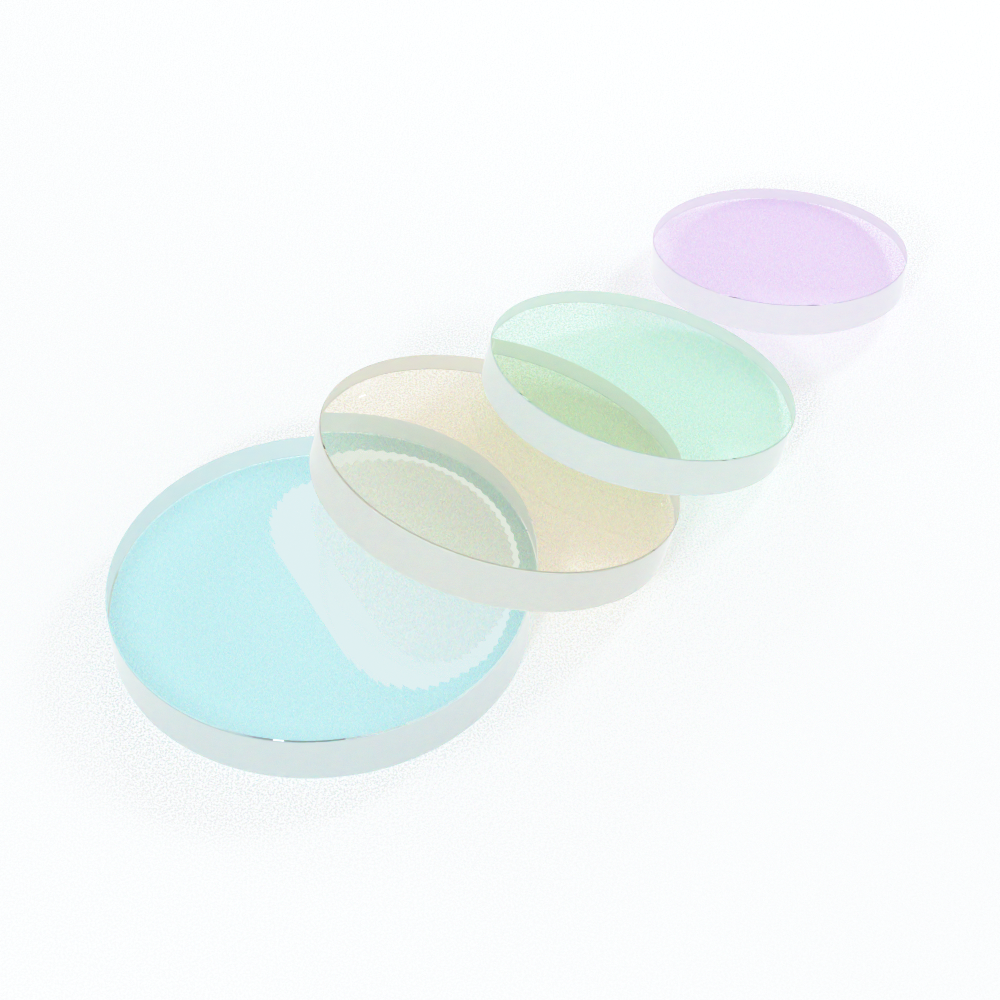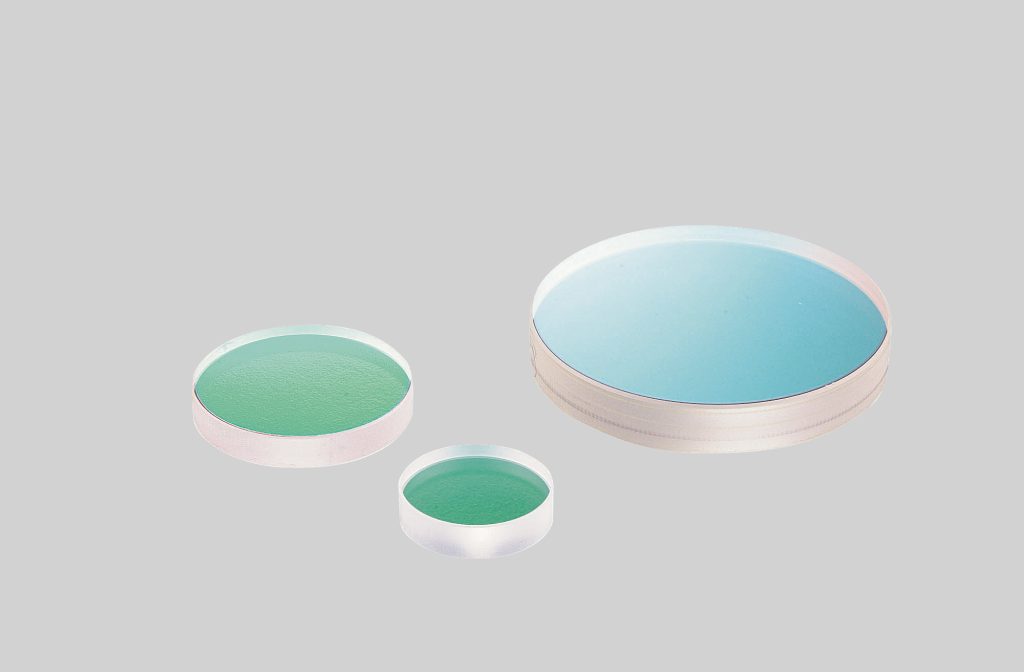
Dichroic filter is a very accurate color filter, which is used to selectively pass through light and reflect other colors from a small range of colors. In contrast, dichroic mirrors and dichroic mirrors are often characterized by the color of the reflected light rather than the color of the passing light.
Dichroic filters can filter out light from white light sources to produce light that humans believe is highly saturated in color. Although expensive, such filters are popular in architectural and theatrical applications.
Dichroic mirrors (commonly referred to as cold mirrors) are usually used behind the light source to reflect visible light forward while allowing invisible infrared light to be emitted from the rear of the lamp. This arrangement allows strong illumination with fewer illuminated objects. To this end, many quartz halogen lamps have an integrated dichroic reflector, which was originally designed for slide projectors to avoid melting slides, but is now widely used in indoor household and commercial lighting. Improve whiteness by removing excess red; However, if infrared is used in embedded or enclosed lamps, serious fire hazards will be radiated into these lamps. For these applications, non cold beam (ALU or silverback) lamps must be used.
Theory of dichroic filter
The dichroic filter uses the principle of film interference and produces the same color as the oil film on the water surface. When light shines on the oil film at a certain angle, some light is reflected from the top surface of the oil and some light is reflected from the bottom surface in contact with water. Since the propagation path of the light reflected from the bottom is slightly longer, some wavelengths will be enhanced due to this delay, while others tend to be offset, resulting in visible colors.
In dichroic mirror or filter, instead of using oil film to produce interference, alternating layers of optical coatings with different refractive indexes are established on glass substrate. The interface between layers with different refractive indices will produce phase reflection, which selectively enhances the light of some wavelengths and interferes with other wavelengths. These layers are usually added by vacuum deposition. By controlling the thickness and the number of layers, the passband of the frequency can adjust the width of the filter and make it wider or narrower as needed. Because the unwanted wavelength is reflected rather than absorbed, the dichroic filter will not absorb this unwanted energy during operation, so it will not become a temperature difference from the equivalent traditional filter (trying to absorb all the energy except the passband).
Where white light is deliberately divided into various color bands (for example, in a color video projector or color TV camera), a similar dichroic prism will be used. However, for cameras, it is now more common to have an absorption filter array to filter individual pixels on a single CCD array.

Application of dichroic filter
In a fluorescence microscope, a dichroic filter is used as a beam splitter to direct the illumination of the excitation frequency to the sample, and then reject the same excitation frequency in the analyzer, but pass through a specific emission frequency.
Some LCD projectors use dichroic filters instead of prisms to divide the white light from the bulb into three colors and then pass through three LCD units.
Older DLP projectors typically transmit white light sources through color wheels that use dichroic filters to quickly switch colors sent through (monochrome) digital micro mirror devices. Newer projectors may use a laser or LED light source to directly emit the required light wavelength.
They are used as laser harmonic separators. They separate various harmonic components of the frequency doubled laser system through selective spectral reflection and transmission.
Dichroic filters are also used to create pattern sheets for high-power lighting products. Make photos by overlapping up to four color dichroic filters.
The color head of the photographic enlarger uses a dichroic filter to adjust the color balance in printing.
Advantages of dichroic filter
The life of dichroic filter is longer than that of traditional filter. Color is inherent in the construction of the hard micro layer, and it can not be bleached in the whole service life of the filter (for example, unlike gel filters). They can be manufactured to pass through any passband frequency and block a selected number of stopband frequencies. Because the light in the stopband is reflected rather than absorbed, the heat of dichroic filter is much less than that of traditional filter. Dichroic mirrors can reach extremely high laser damage threshold and are used in all mirrors on the world’s most powerful laser.
Other uses of dichroic filters
Art glass ornaments are sometimes made with the performance of dichroic filters. Because the wavelength of the light selected by the filter changes with the incident angle of the light, such jewelry usually has a rainbow effect, changing its color with the swing of earrings, for example. Another interesting application of dichroic filters is spatial filtering.
Dolby labs uses technology licensed by infitec and uses dichroic filters to show 3D movies. The left lens of Dolby 3D glasses transmits a specific narrow band of red, green and blue frequencies, while the right lens transmits different groups of red, green and blue frequencies. The projector uses matching filters to display images of the left and right eyes.
Long pass dichroic filters used in general lighting can prevent them from attracting insects. In some cases, such filters can prevent the attraction of other wild animals and plants, thereby reducing the adverse impact on the environment.
End



